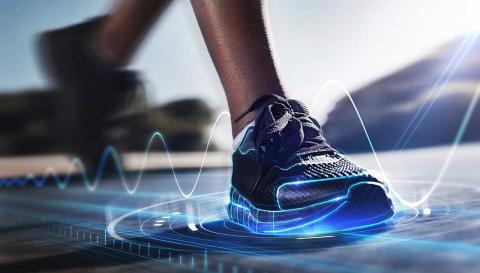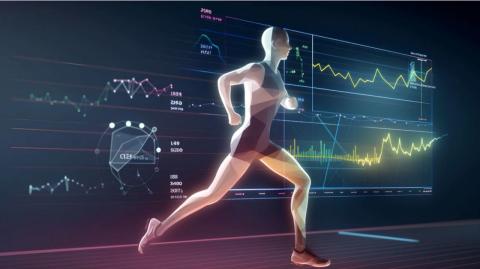

The world of running has been dramatically reshaped by the rapid advancements in technology. From wearable devices to sophisticated training apps, technology is fundamentally altering the way we run, train, and improve our performance. This article explores the profound impact of technology on running and how it has revolutionized the sport.
The most visible and perhaps the most influential technological advancement in running is wearable technology. Fitness bands and smartwatches, such as the Apple Watch or the Garmin Forerunner, have become staples for many runners. These devices allow runners to track and analyze various aspects of their performance, including distance covered, speed, heart rate, and calorie burn. The data collected from these wearables can be used to set personal goals, monitor progress, and even predict and prevent potential injuries, making running more efficient, safer, and more engaging.

Running shoes have also seen considerable technological enhancements. Brands are leveraging technology to design shoes that not only offer superior comfort but also improve performance. For instance, Adidas' Ultraboost technology provides exceptional energy return, while Nike's Vaporfly shoes, featuring ZoomX foam and a carbon fiber plate, are touted to improve running economy. These innovations are not just benefiting elite athletes but also recreational runners looking to improve their personal bests.
Next, the advent of running apps has significantly transformed how runners train. Apps such as Strava, Runkeeper, and Nike Run Club offer a wide range of features, including tracking runs, providing audio-guided workouts, and allowing runners to compete with friends. These apps not only make training more interactive and fun but also provide a wealth of data that can be used to optimize performance.
Moreover, Virtual Reality (VR) and Augmented Reality (AR) are emerging as promising technologies in the running landscape. VR can simulate different running environments, making treadmill runs less monotonous, while AR can overlay pace, distance, and other metrics onto a runner's field of view, providing real-time performance updates. Although still in the nascent stages, these technologies hold immense potential for making running more immersive and data-driven.
Artificial Intelligence (AI) and Machine Learning (ML) are also starting to make their mark on running. AI-powered running coaches, such as Vi and PEAR Sports, provide personalized training plans and real-time feedback based on a runner's goals, fitness level, and performance data. By leveraging AI and ML, these virtual coaches can adapt training plans as runners improve, providing a dynamic and tailored training approach.
Finally, technology is playing a crucial role in injury prevention and recovery. Wearables that monitor biomechanics, such as Lumo Run and RunScribe, can provide insights into a runner's form, helping to identify and correct inefficiencies that may lead to injuries. Additionally, apps like PhysiApp provide physiotherapy exercises for recovery, while the rise of telemedicine allows runners to consult with physiotherapists and sports doctors remotely.
In conclusion, technology is changing running in profound ways, making it more data-driven, efficient, and personalized. While the human spirit and physical prowess remain central to running, technology is becoming an increasingly important ally, helping runners of all levels to train smarter, run faster, and recover better. As technology continues to advance, it will undoubtedly usher in even more exciting possibilities for the world of running.
Discover More Content





